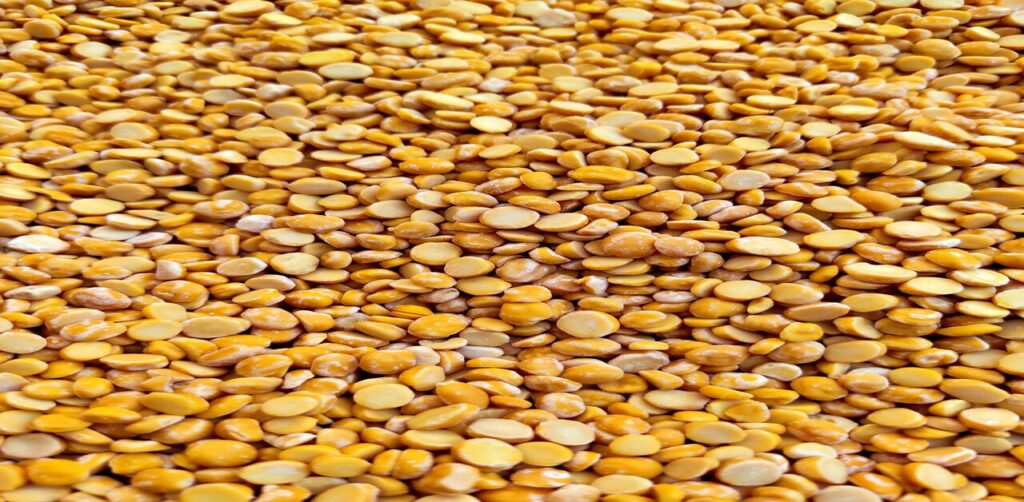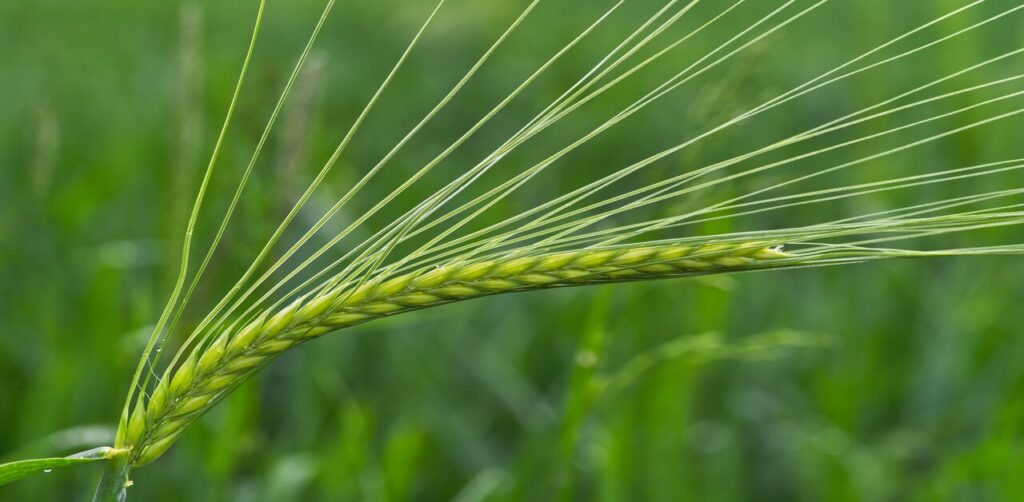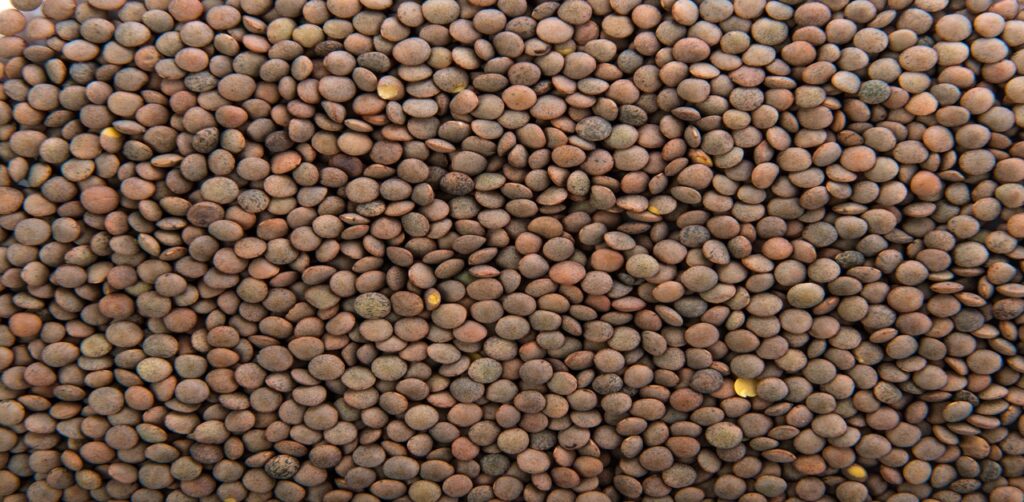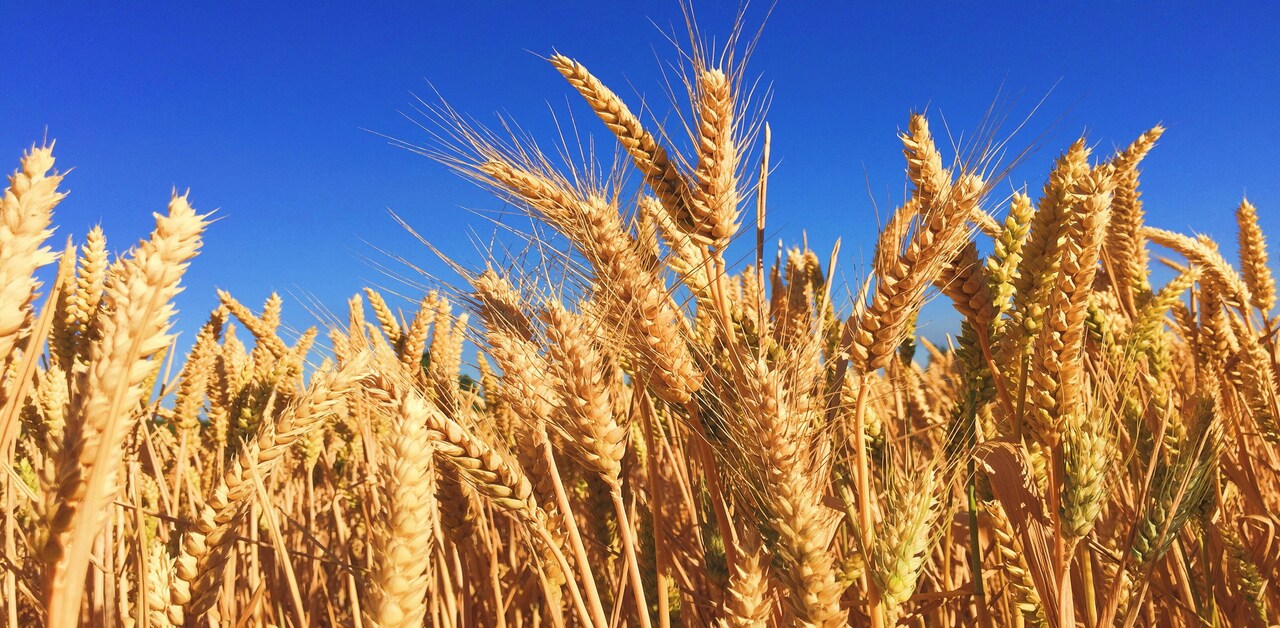Why in the News?
The Government of India has decided to increase the minimum support price(MSP) for the different rabi crops for the 2026-27 marketing season. This decision has been taken by the Union Cabinet, headed by the Prime Minister of India.
The maximum MSP was announced for the Safflower crop at Rs 600 per quintal, followed by the Lentil (Masur) crop at Rs 300 per quintal.
| Serial Number | Crops | MSP (2025-26) | Increase in MSP(Absolute) | MSP(2026-27) |
| 1. | Wheat | 2425 | 160 | 2585 |
| 2. | Barley | 1980 | 170 | 2150 |
| 3. | Gram | 5650 | 225 | 5875 |
| 4. | Lentil(Masur) | 6700 | 300 | 7000 |
| 5. | Rapeseed & Mustard | 5950 | 250 | 6200 |
| 6. | Safflower | 5940 | 600 | 6540 |
Table of Contents
Introduction
The Minimum Support Price (MSP) is one of the most crucial policy measures that directly affects food security, farmers, and the agricultural economy in India. It is the assured price, which is declared by the government, and which secures the farmers against the danger of declining market prices.
The concept of Minimum Support Price(MSP) was proposed in the era of the Green Revolution, where the yield of cultivators is guaranteed at a minimum level, and they are not afraid of financial losses due to decreased prices.
The Minimum Support Price(MSP) has, over the decades, not only offered stability to the farming community but also been crucial in ensuring food availability to millions of people via the Public Distribution System (PDS) by keeping the buffer stocks intact in the nation.
India has been characterized by rich agriculture and has been the major driver of the Indian economy, as hundreds of millions of Indian farmers are their source of livelihood, and food is their security. However, another thing that farmers usually have to deal with is market price fluctuation.
In order to protect them against distress sales and to guarantee them a minimum income for their produce, the government introduced the idea of Minimum Support Price (MSP).
This system is vital in safeguarding the agricultural interests of farmers, stabilizing agricultural markets, and even ensuring the food security of the nation.

What is Minimum Support Price (MSP)?
Minimum Support Price (MSP) is the lowest price offered by the Government of India on specific crops, and below this price, traders and procurement agencies cannot buy the products from farmers. It serves as insurance cover or a guaranteed price to the farmers against sudden falls in market prices.
MSP makes sure that the farmers get a reasonable and remunerative crop return, which is not only the expenditure of production, but also a good profit margin.
MSP is recommended by the Commission for Agricultural Costs and Prices (CACP) annually to the government following an evaluation of factors like the cost of cultivating motion, demand and supply, the market trends, and the general effects on consumers and the economy.
Put simply, MSP is the price rate at which the government guarantees that farmers will sell their produce at a level below this price in order to ensure good income, promote agricultural production, and national food security.
Historical Background of Minimum Support Price(MSP)
The Minimum Support Price(MSP) was initially introduced in the 1966-67 period of the time of the Green Revolution. During that period, India was experiencing food shortages and reliance on imports.
The government promised farmers a fixed price for their produce as a way of motivating them to produce more wheat and rice.
MSP later became a valuable policy tool in agriculture since it was extended to cover various crops and offer farmers increased assurance in production.

Objectives of Minimum Support Price(MSP)
The main objectives of the Minimum Support Price(MSP) are:
1. Insuring Farmers against Pricing Volatility: Farmers have been exposed to adverse market conditions. The MSP protects them against a crash in prices.
2. Promoting the production of Important Crops: The government can promote the production of food grains that are vital in national food security by declaring MSP for certain crops.
3. Ensuring Food Security: Farm inputs of MSP are used to ensure sufficient inventory of the Food Corporation of India (FCI) for the Public Distribution System (PDS).
4. Fair Income to Farmers: MSP guarantees farmers a minimum price, thus conducive to rural stability and poverty alleviation.
5. Increasing Agricultural Investments: The assured price will motivate farmers to invest in superior seeds, fertilizers, and technology.
If you want to buy a book, ” Indian and World Geography, 7th edition by Majid Husain and Pallavi Saxena, then you can visit here.

How is the Minimum Support Price(MSP) Determined?
The Government of India announces MSP annually, before the sowing season. MSP is suggested by the Commission on Agricultural Costs and Prices (CACP) following factors, including:
1. Production cost (labor, seeds, fertilizers, irrigation, machines, and so on)
2. State of demand and supply of the crop.
3. Domestic and foreign market price trends.
4. Balance between crops( Inter-crop price parity)
5. Effect on customers and the general economy.
According to the suggestion of the Swaminathan Commission, the government tends to set MSP at a level that guarantees no less than 50 percent of gain relative to the production cost.

Crops Covered Under Minimum Support Price(MSP)
The government currently announces MSP for 22 mandated crops and 1 cash crop (23 crops). The fair and remunerative price is calculated for the sugarcane. The 22 mandated crops include 14 crops from kharif crops,6 rabi crops, and 2 other commercial crops.
The crops on which MSP is announced are the following:
1. Cereals(7): Paddy, wheat, maize, barley, sorghum, pearl millet, ragi.
2. Pulses(5): Arhar (tur), moong, urad, masoor, gram.
3. Oilseeds(8): Groundnut, rapeseed/mustard, soybean, toria, Sunflower, sesame, safflower& Niger seed.
4. Commercial Crops: Raw Cotton, jute, copra.
5. Sugarcane ( Fair and Remunerative Price)
Among them, wheat and rice are the most procured crops since they are at the Centre of the Public Distribution System (PDS).
Benefits of Minimum Support Price(MSP)
1. Farmer Security: It gives guarantees to farmers that they will receive a minimum income image even in the event of a price crash.
2. Food Stability: Assists in keeping buffer stocks whenever there is a crisis.
3. Market Regulation: It helps avoid a drastic change in food grain prices.
4. Promotes Crop Diversification: MSP of pulses and oilseeds will encourage farmers to produce more than wheat and rice.
5. Rural Development: The farm incomes are constant in rural areas, enhancing good living and minimizing the urban flight.
Challenges of Minimum Support Price(MSP)
The Minimum Support Price(MSP) has been facing several Challenges:
1. Restricted Procurement: Even though MSP is declared in 23 crops, the Government purchases are mainly limited only to wheat and rice, which leaves lots of farmers uninsured.
2. Regional Imbalance: The farmers in states such as Punjab and Haryana receive more advantages in procurement, whereas farmers in other states do not usually receive their MSP on their produce.
3 Relying on a Few Crops: There has been too much groundwater consumption and environmental issues due to the massive purchase of wheat and rice.
4. Awareness Problems: There is a lack of awareness among farmers, and in particular, the small and marginal farmers, regarding the benefits of MSP.
5. Implementation Gaps: In various areas, farmers have no option but to sell at low prices because there are no procurement centers, or the government does not come in time.

MSP has been a hotly contested issue in India over the past few years. The agricultural associations have insisted that MSP be instituted as a statutory guarantee where no crop is purchased at a price that is below the fixed price.
On the other hand, the government is undertaking to improve its procurement mechanisms, diversifying to pulses and oilseeds, and incorporating technology in terms of providing transparent pricing.
To be effective, MSP requires that the government:
- Procurement ought to be extended to 23 crops and also to all the states.
- Build capacity among producers on MSP prices.
- Enhance infrastructure, e.g., storage, transportation, and procurement facilities.
- Advocate sustainable agricultural methods as well as MSP.
- Research digital means of buying and price transparency of crops in real-time.
If you want to read an article about Rice Cultivation in detail, then you should click on it.
Conclusion
Minimum Support Price(MSP) is not just a price mechanism but a lifeline of millions of farmers and a support system to the food security system of India.
Although it has been significant in stabilizing agricultural markets and protecting the farmers, a bit more reforms are needed to make it more inclusive, transparent, and sustainable.
Through its improved MSP, India can not only take care of its farmers but also the food security and economic sustainability of the whole country.

